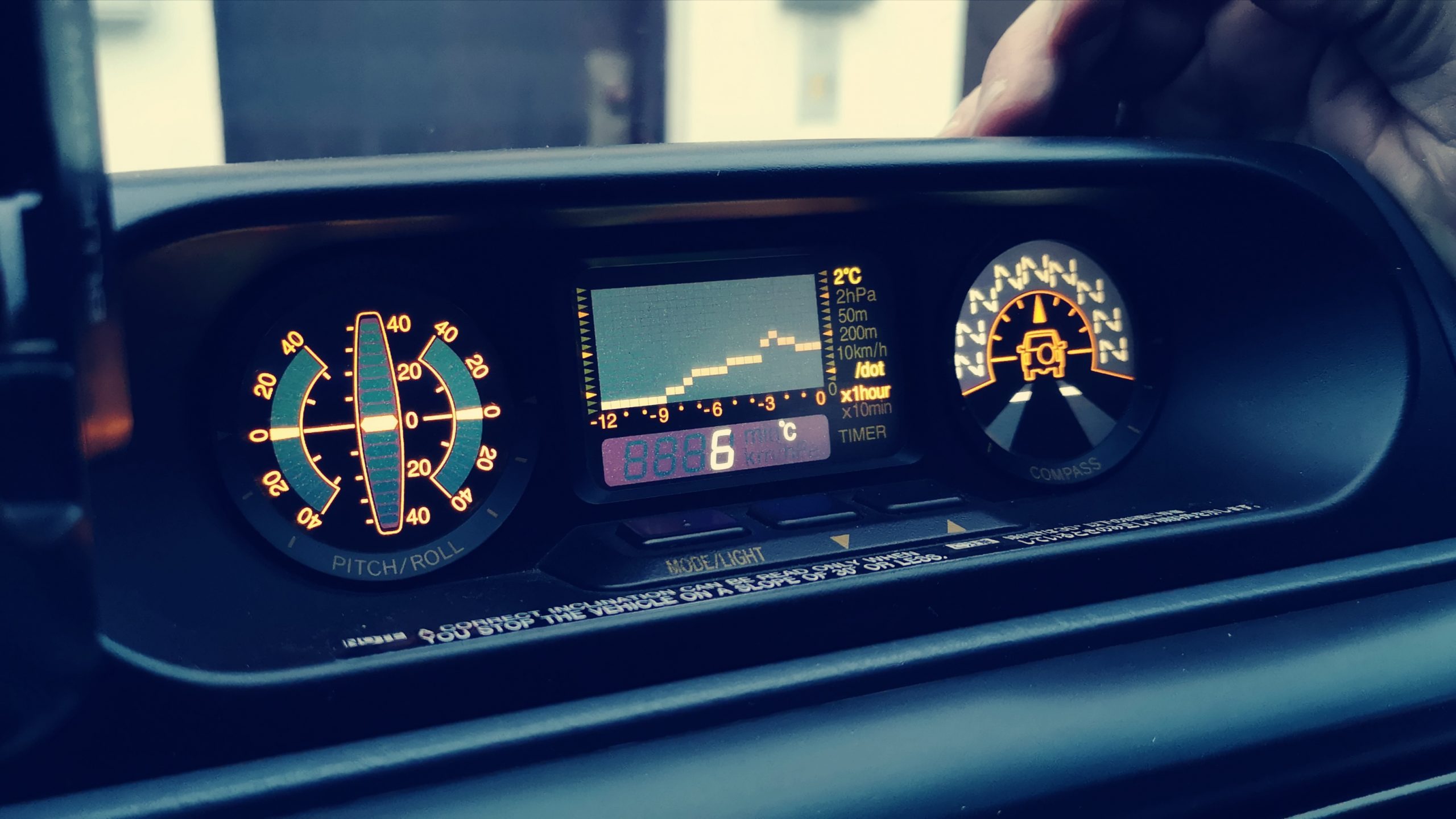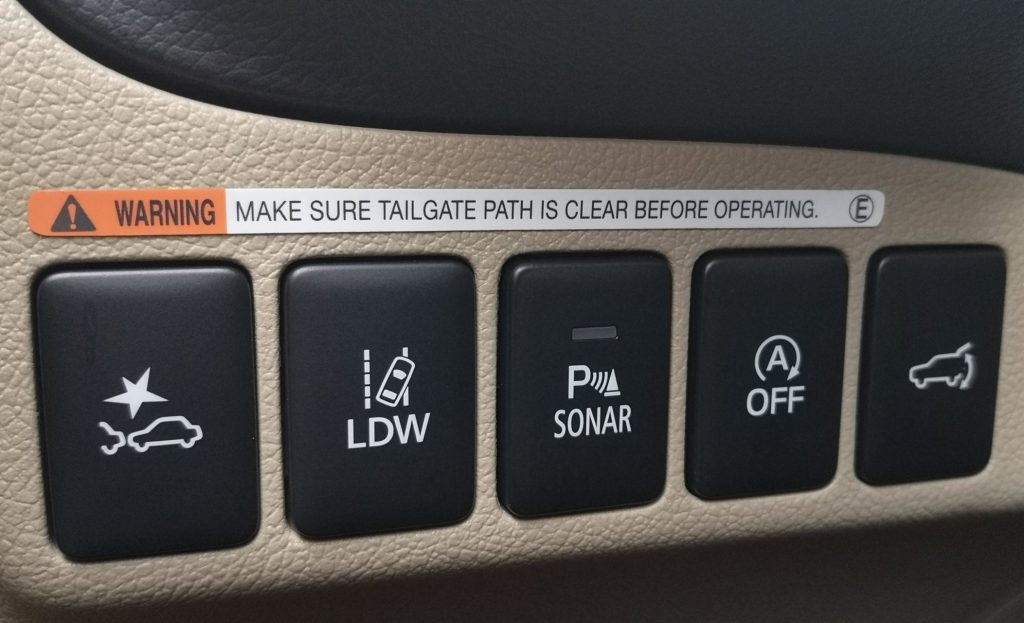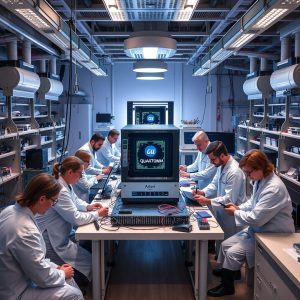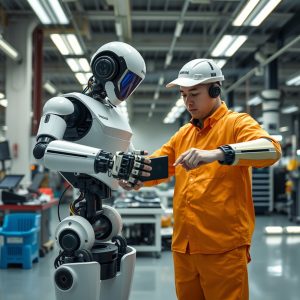
dav
Introduction
Autonomous or self-driving car and auto-pilot systems are great in the prevention of traffic accidents that occurred as a result of inattention or by human driver error.
However, their introduction will also raise some legal and ethical controversies.
The main obstacle is that they will take on the task of making cars more safe and secure, and that will make them more expensive, since they will have to operate at much lower speeds and higher speeds at the same time.
The rise of cost will be not only caused by fancy technology and expensive equipment but also by the cost of insurances and protection against claims from injured in accident.
For instance, one could imagine that the first autonomous cars will go to the test tracks and test the vehicles to check if they have all the necessary safety equipment before they are rolled out.
If they don’t, they will be disqualified, which could be a huge blow for the company in case there are no accidents or serious injuries. On the other hand, a driver who is driving a car that is too far ahead could end up on the wrong side of a traffic accident. This possibility could also come into play if drivers are using computers to take over the wheel. The main concern is that the cars could be too fast and too safe.
As for safety in public transport, some experts say that they could have an accident in the case of a driver failing to brake when the train is coming to a halt. A second possibility might be of passengers getting injured.
However, the fact is that the system currently used for driverless car testing in France is only capable of driving in one direction. This means that it will be much slower and more dangerous than a car that is driving autonomously.
There is still much that is to be done if a driverless car is to become a reality. In that case, the companies should look for a partnership with other transport operators for the testing of autonomous cars. However, this will not help in creating a better quality of service since the autonomous cars will not be able to provide better service than a manual vehicle, as a car that is driven manually would be able to do.
Another issue is the legal framework, since it will probably require the use of different regulations. This will require an extra legal and regulatory bureaucracy.
Who is responsible for self-driving car malfunction and accidents ?
The debate on autonomous vehicles shows how many difficult situations we can expect in our relationship with intelligent technology. By testing autonomous vehicles, we test our trust in it and we learn ethics.
Car manufacturers are still working on autonomous safety systems to support the driver’s reaction time.
Artificial intelligence, cameras, LIDAR and ultrasonic sensors in conjunction with the software allow the detection of dangerous situations and automatic reaction of the vehicle.
For example, the collision detection and prevention system is capable of automatically applying the brakes to avoid or mitigate the effects of a collision with another vehicle or pedestrian.
Such systems are currently being developed and tested across the United States and the world.
At this time, the National Highway Transportation Safety Administration is working to develop a national program that provides for the collection of crash data and the analysis of that data.
NHTSA’s National Transportation Safety Board is currently investigating whether the new system, a new version of which is expected to be ready in 2015, will allow a driverless car to avoid a collision with a bicyclist.
The program will be designed to analyze the speed of vehicles in the real world and the speed of a driverless car in the future.
The National Highway Traffic Safety Administration (NHTSA) is seeking the public’s input and contributions on three areas of future research on a wide array of technology to support the development of intelligent technologies, including:
- self driving autonomous car
- software for road signs recognition
- road lines assistance piloting tools
- road trip optimization based on GPS and map imaginary
The agency is seeking information on how the technology can help reduce the crash risk of motorized traffic and improve the experience of driving.
Ethical and legal concerns
If you talk about autonomous cars or other devices that could be potentially harmful to humans or property it is always a question: who is responsible for injuries and other potential damages.
Are the producers of such devices will take responsibility for automated vehicle crashes?
Will insurance companies accept the risk or software or hardware malfunction and cover the fatality or serious human injury.
This topic is really hard form both the ethical and the legal perspective.
Until now, all machines were controlled by a human and it was the human being who was responsible for any possible damage.
For the first time in human history we deal with such dilemma.
The US Department of Transportation (DOT) is planning to implement car-to-car and car-to-pass in some major US metropolitan areas. The cars that will be able to do the driving will be autonomous vehicles.
These vehicle will be equipped with “self-driving” technology that will prevent or even warn the driver if a car is behind them in traffic.
This technology has not yet been fully approved but will have some advantages over the current system, according to the report by NHTSA.
“This technology requires far less road space and can be more easily used by smaller vehicles that use their own onboard computer systems. The vehicles with self-driving technology will have more than enough room for their own cars to operate, allowing for safer and faster driving. A self-driving car’s vehicle will need far less space than today’s cars,” it states.
As a side-effect, the new systems will also enable traffic signals to change when traffic is light-sensitive, which means the cars may have fewer drivers on the road at the same time.
“This technology could make traffic safer, and it also will allow cars to travel a greater distance with fewer drivers, reducing traffic congestion and reducing accidents,” the report says.
The report also explains that there are several technological issues for the car-to-policeman system when it comes to its effectiveness.
The systems should be able to detect the vehicle behind them, and be able to adjust its trajectory so that it hits the car behind it first.
However, the systems will still need a human operator in order for the vehicle to react effectively.
The systems will not be able to drive safely through intersections at night, or in areas on highways that have heavy vehicle traffic, or where the streets are narrow.
According to the report, it will be possible in the near future to use the car-to-pass system for self-driving cars.
The technology has a lot of promise. It may be used by some driverless cars that are already on the roads.
However, the report stresses that there are plenty of issues for implementing these systems and it will be a challenge to implement it all in the current conditions, according to the experts.
“While the technology is very promising, it is far from being ready by 2020, given that there is no firm commitment on the part of the federal government and state governments to implement it in their respective states,”
Experts about self-driving cooperative network of cars
Summary

.
This technology was introduced in 2015 in the US. However, since then, the systems have not taken off in Europe but are still in trial stage.
This technology is expected to take off from 2021.
We hope that along with the development of the technology of autonomous cars, the awareness of the legislative bodies will also increase and that appropriate laws will be prepared, both on civil liability and on appropriate insurance protection for potential victims of autonomous cars.






